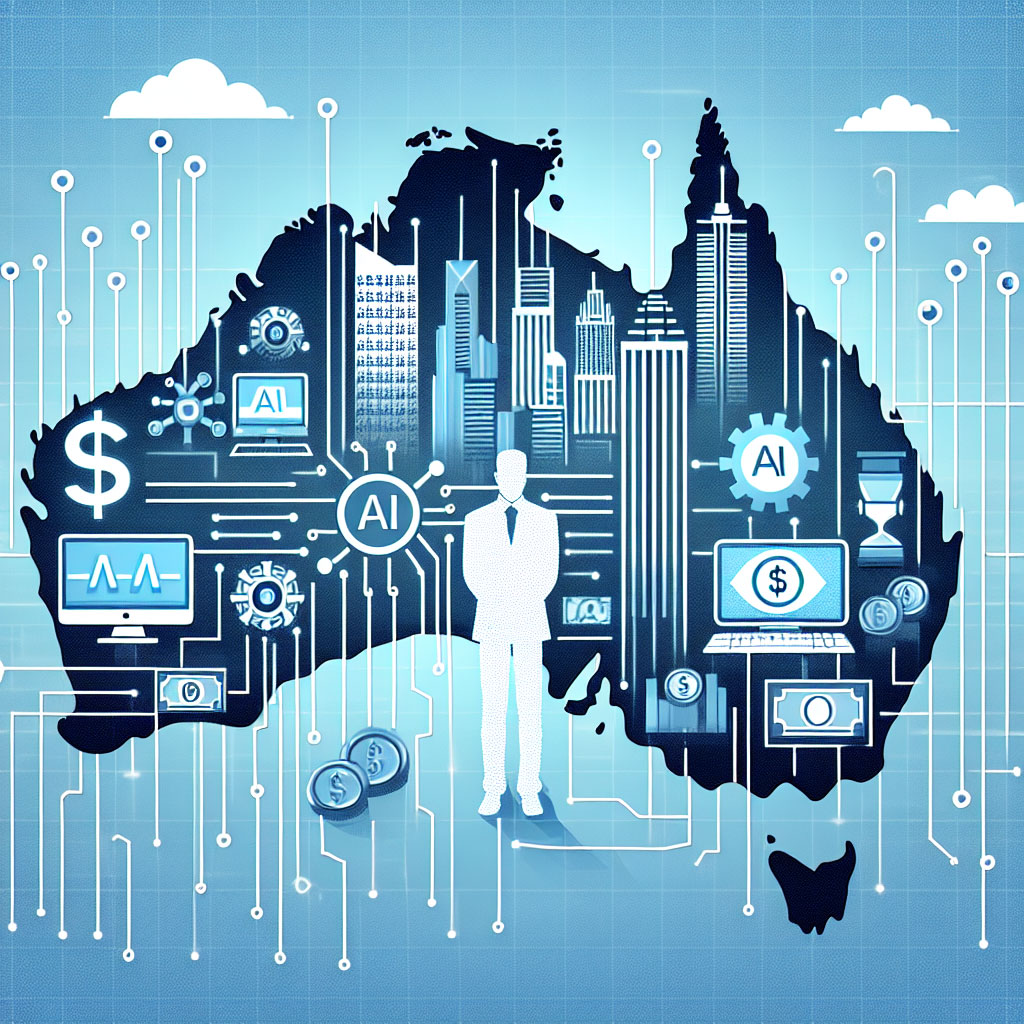
Navigating the AI Revolution: Governance, Economic Gains, and the Future of Work
Imagine getting the sack from a robot. Sounds mad, but this is the world we’re heading into as AI transforms workplaces worldwide. And here’s the kicker – countries that nail the governance around AI in the workplace stand to bag massive economic wins. Those that don’t? Risk losing trust, jobs, and their competitive edge. Globally, AI is set to shake up the economy like never before. Goldman Sachs reckons about two-thirds of jobs in places like Europe and the US could be touched by automation. Meanwhile, McKinsey says AI could add a whopping US$17 trillion to global productivity every year. But there’s a big catch: how those gains are spread out depends heavily on how AI gets rolled out at work.
The International Monetary Fund has crunched the numbers and the stakes couldn’t be clearer. About half the jobs exposed to AI will see productivity boosts, but the other half could face wage cuts or even get replaced entirely. The difference here isn’t about tech-it’s about governance. If governments and businesses get the rules right, they’ll ride the AI wave with economic rewards and social stability. If not, trust in AI will nosedive, and the promised advantages will unravel.
Think about how getting fired traditionally happens: a face-to-face chat, a bit of empathy, clear explanations, and support to move on. These unwritten social codes make tough decisions bearable. But what if an algorithm just pulls the plug without warning?
The Dangers of AI-Driven Decision Making Without Human Insight
We’ve already seen some worrying examples. Amazon’s algorithm booted delivery drivers without any chance to appeal. In China, food delivery couriers face crazy-tight deadlines imposed by AI, forcing them into dangerous situations like running red lights. Regulators there have had to step in to curb the worst abuses. Meanwhile, thousands of firms globally have software making key decisions about hiring, firing, pay, and workflows-with zero human touch or empathy. This has serious economic implications. Research shows companies that blend humans and AI strategically can boost productivity by 20-30%. But firms just using AI to slash jobs only see quick, short-term gains. MIT economist Daron Acemoglu calls most AI today “so-so automation”-it cuts costs but doesn’t spark a real revolution. The big boosts will come from teamwork between humans and machines, not one replacing the other. Here’s why: machines are brilliant at spotting patterns in mountains of data but clueless about nuance, ethics, and context. Humans bring coordination, empathy, and the kind of judgment algorithms simply lack. Old-school workplace rules like “don’t sack someone on Christmas Eve” are social contracts AI doesn’t get.
Australia’s got a real chance to lead here. While China rushes headlong into efficiency-driven automation and the US lets markets do their own thing, Australia can carve out a middle path. We’ve got a decent track record of blending innovation with social protection-from superannuation to banking regulations to mining industry social licences-that other countries have looked up to. If Australia acts quickly, it could set the gold standard for AI workplace governance.
The plan centres on three big ideas:
- Keep humans in charge of decisions that have serious social impact,
- Make AI’s reasoning clear and open to challenge,
- Build feedback systems so AI learns and adapts based on real-world experience.
Instead of splashing cash on AI trying to fix stuff it can’t, we let humans steer the ship while machines handle the heavy number crunching. Alongside national regulation, Australia’s strength could be in decentralised, social-style governance. Some signs this works exist already. Banks use AI to sift loan applications but still have humans make final calls, especially on rejections. That’s a good model-but rolling it out broadly is the real test. Governments and businesses that get this balance right will keep skilled workers happy and stop AI from widening inequality gaps already present.
On the global stage, this matters even more. A brookings Institution review of 34 countries’ AI strategies shows similar governance styles clustering together, meaning no one’s doing this solo. Australia’s existing corporate culture already values social licence and meets pressure to impress global investors with strong environmental, social, and governance (ESG) standards. A simple place to start? Government contracts, which are worth nearly AU$100 billion a year-making human oversight compulsory for AI decisions affecting people’s rights. Nail that, and private companies might follow suit, building trust along the way. Then, tap into the AU$4.1 trillion super fund sector. If AI can flag when chasing profits conflicts with long-term social goals, that’s governance in action.
If Aussie institutions prove human-AI teamwork delivers solid business results and fairness, expect others to copy. But the window is tight – maybe five years before other countries lock in their own paths. Building on frameworks like the OECD’s AI Principles and the EU’s AI Act, Australia could export governance wisdom as fast as the tech spreads.
Coming up in the next couple of years, agencies like Treasury or the Reserve Bank could run pilot programs to test hybrid governance models. They’d measure things like workplace AI trust, improvements from feedback loops, and international interest. The choice’s urgent: lead while the field’s open, or trail behind watching others set the rules. Australia’s slice of AI’s trillion-dollar pie hinges on getting workplace governance spot on.

